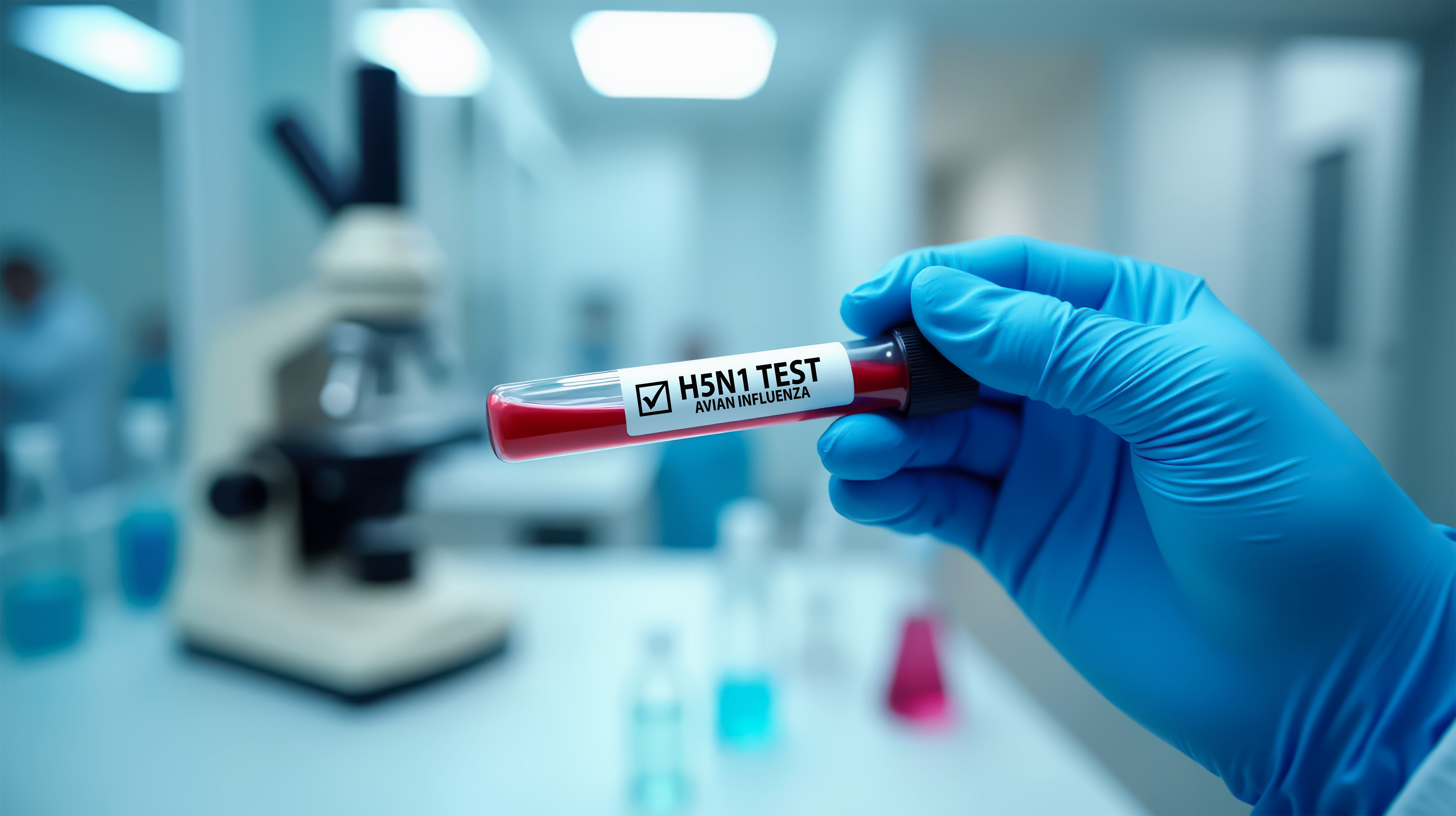Article
Mutation That Reduced Efficacy of 2016/2017 Flu Vaccine Discovered
Author(s):
The 2016/2017 H3N2 influenza vaccine was only 30% effective, leaving many vulnerable to infection.
Each year, health experts urge patients to receive the influenza vaccine to prevent infection and the potential adverse events associated with infection. Sometimes, even those who received the vaccine may become infected for various reasons. This can be dangerous for young and elderly patients, as well as those with compromised immune systems.
A new study published by the Proceedings of the National Academy of Sciences suggests that the limited efficacy of 2016’s flu vaccine was the result of a mutation in the H3N2 strain.
The 2016 vaccine’s efficacy was only approximately 30%, meaning that many patients did not have immunity against the virus, according to the study authors.
“Our experiments suggest that influenza virus antigens grown in systems other than eggs are more likely to elicit protective antibody responses against H3N2 viruses that are currently circulating,” said research Scott Hensley, PhD. “The 2017 vaccine that people are getting now has the same H3N2 strain as the 2016 vaccine, so this could be another difficult year if this season is dominated by H3N2 viruses again.”
Flu vaccines deliver purified proteins from the outer layer of the virus, which causes the immune system to produce antibodies. A majority of flu vaccine proteins are grown in chicken eggs, but some proteins are created in systems that do not involve eggs, according to the authors.
During the 2014/2015 flu season, an H3N2 strain emerged with a different outer layer protein. This mutated strain remains prevalent, so the 2016/2017 vaccine included this version of the virus.
The authors discovered that the egg-grown version of the protein developed a new mutation, according to the study.
“Current H3N2 viruses do not grow well in chicken eggs, and it is impossible to grow these viruses in eggs without adaptive mutations,” Dr Hensley said.
In the study, the investigators exposed ferrets and humans to the 2016/2017 strain. The authors found that antibodies in both models did not attack the H3N2 virus that was dominant last year, according to the study.
The authors noted that the antibodies produced by ferrets infected with the 2017/2018 H3N2 strain containing the new protein were able to fight the virus. Additionally, humans vaccinated with the vaccine produced in a non-egg system were able to neutralize the virus, according to the study.
The authors concluded that identifying gaps in vaccine manufacturing will likely inform manufacturing and can lead to a more effective vaccine.
“Our data suggest that we should invest in new technologies that allow us to ramp up production of influenza vaccines that are not reliant on eggs,” Dr Hensley said. “In the meantime, everyone should continue to get their annual flu vaccine. Some protection against H3N2 viruses is better than nothing and other components of the vaccine, like H1N1 and influenza B, will likely provide excellent protection this year.”






